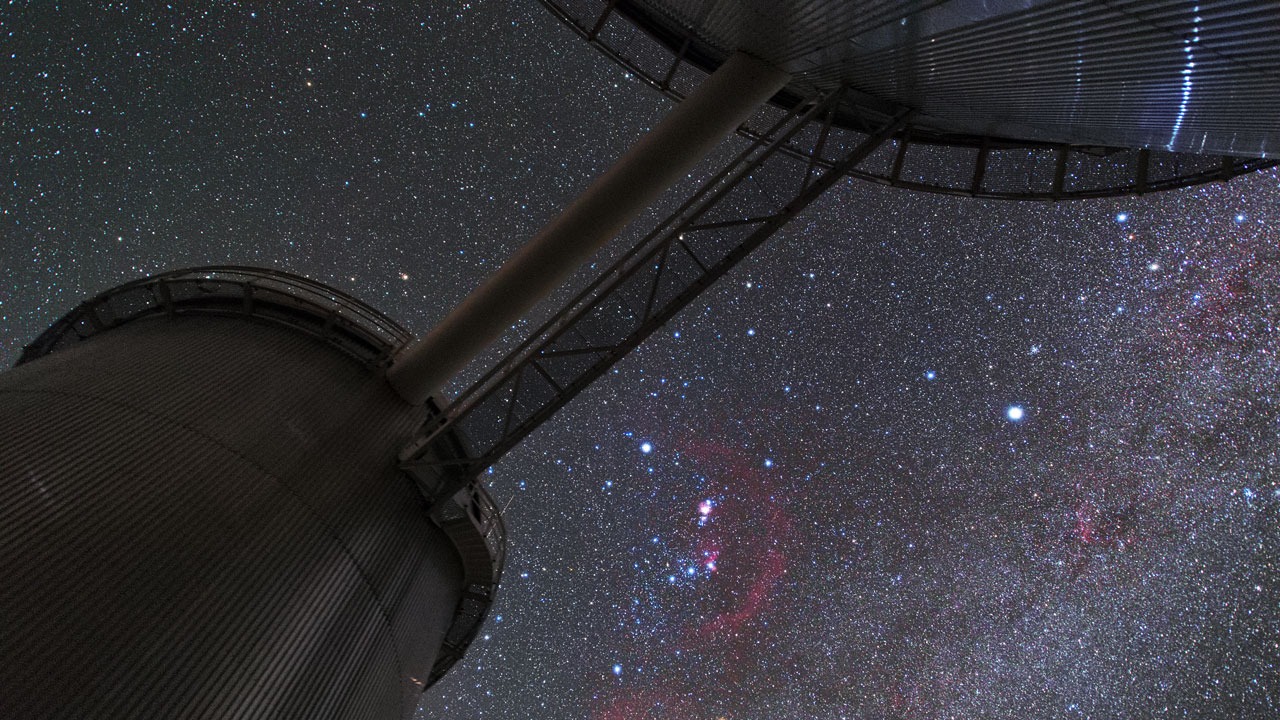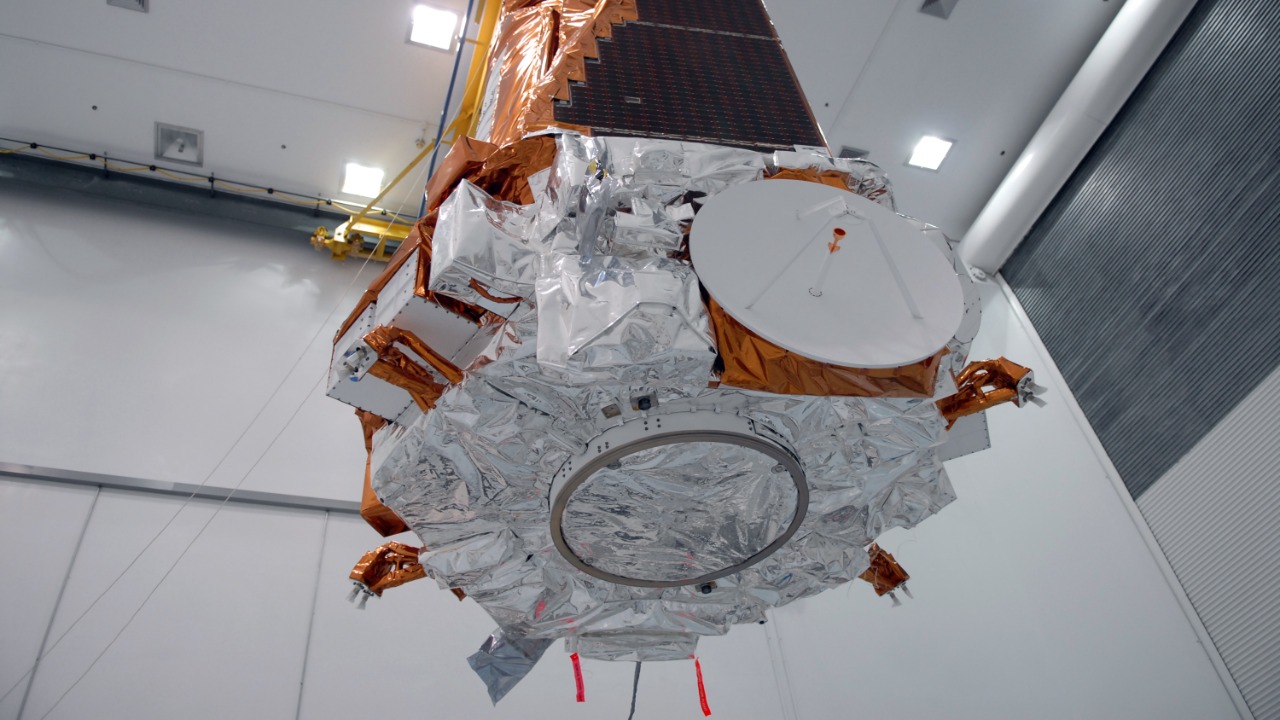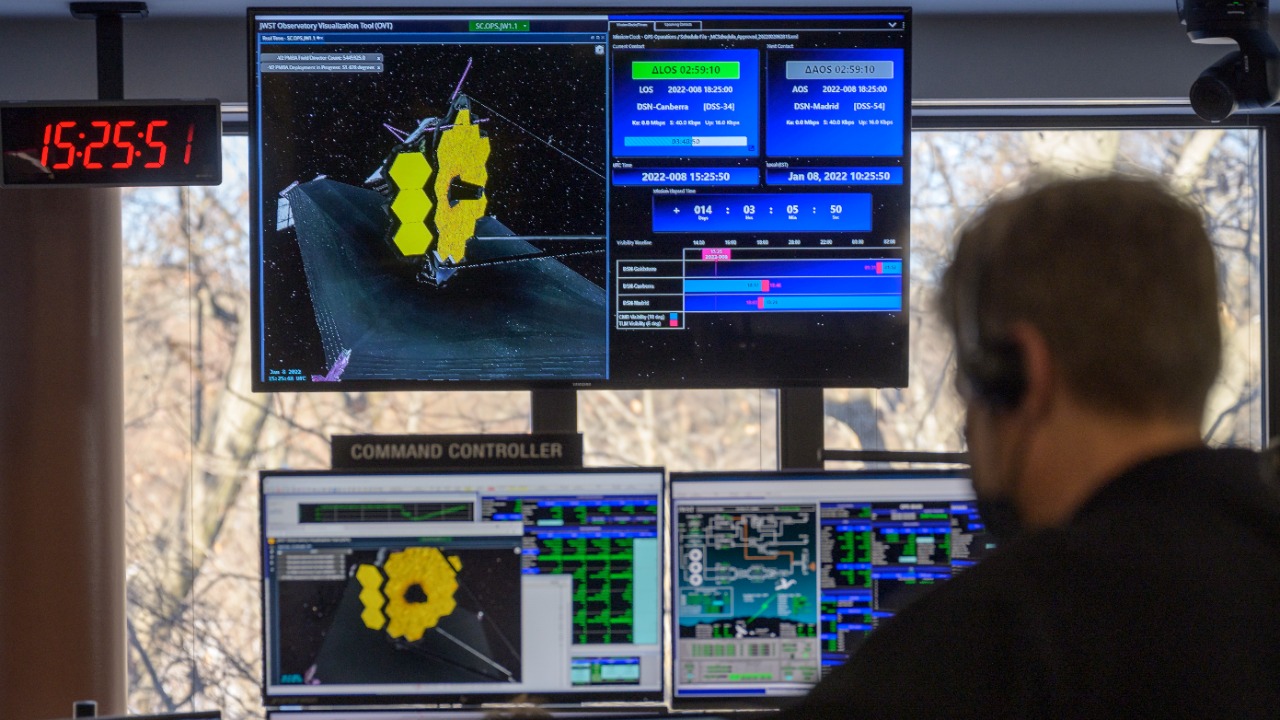
The peculiar dimming of Tabby’s Star, also known as Boyajian’s Star, has captivated astronomers and sparked theories ranging from natural phenomena to massive alien megastructures. As scientists continue to analyze this cosmic anomaly, the world remains fascinated by the possibility of discovering something truly extraordinary in the universe.
The Enigma of Tabby’s Star

Tabby’s Star, officially designated as KIC 8462852, came to the attention of astronomers in 2015 when citizen scientists, participating in the Planet Hunters project, identified its unusual dimming patterns. Unlike other stars, which typically experience predictable fluctuations in brightness, Tabby’s Star exhibited irregular and significant drops in luminance, some as much as 22%. These anomalies set off a flurry of interest and speculation about their underlying causes.
Several theories emerged to explain the star’s erratic behavior. Some scientists suggested a swarm of comets might be passing in front of the star, causing the observed dimming. Others proposed the presence of interstellar dust clouds or debris from a shattered planet as potential culprits. Each hypothesis has its merits and challenges, but none have been definitively proven, leaving the astronomical community eager for more data and insights.
Alien Megastructures: Science Fiction or Reality?

One of the more captivating theories is the possibility of an alien megastructure, such as a Dyson Sphere, surrounding Tabby’s Star. A Dyson Sphere is a hypothetical structure proposed by physicist Freeman Dyson, envisioned as a massive array of solar panels constructed around a star to capture its energy. While the notion seems like something out of science fiction, the concept has captured the imagination of both scientists and the public, fueling discussions about the potential for advanced extraterrestrial civilizations.
Despite the intriguing nature of the alien megastructure theory, many scientists remain skeptical. Critics argue that the evidence for such structures is circumstantial at best, and natural explanations should be exhausted before considering extraterrestrial possibilities. Furthermore, the vast technological and material requirements to construct a Dyson Sphere make it a highly speculative proposition. Nonetheless, the theory serves as a tantalizing reminder of the mysteries that still linger in our understanding of the cosmos.
Astronomical Investigations and Findings

Advancements in observational techniques have allowed astronomers to study Tabby’s Star in greater detail. The use of data from missions like NASA’s Kepler Space Telescope has been instrumental in tracking the star’s light patterns with unprecedented precision. More recently, ground-based observatories and other space telescopes have joined the effort, providing additional data points to build a more comprehensive picture of the star’s behavior.
Recent findings have shed some light on the possible causes of the dimming. Some studies suggest that the dimming might be due to an uneven distribution of dust around the star. However, the exact nature and origin of this dust remain subjects of ongoing research. Other observations have ruled out some earlier theories, such as the presence of alien lasers, which were once considered a possible explanation for the star’s peculiar light fluctuations Live Science. Despite these advances, the enigma of Tabby’s Star continues to puzzle astronomers and fuel further investigation.
Cultural and Scientific Impact

The mystery of Tabby’s Star has transcended scientific circles, capturing the public’s imagination and inspiring a wave of interest in astronomy and the search for extraterrestrial life. Media coverage and popular science discussions have highlighted the star’s peculiarities, often focusing on the most sensational theories, like alien megastructures. This widespread attention has helped raise awareness about the ongoing efforts to understand our universe and the potential for discovering life beyond Earth.
From an astrobiological perspective, the study of Tabby’s Star has significant implications. By exploring the star’s behavior, scientists are gaining insights into the conditions that might support or obscure evidence of extraterrestrial civilizations. This research contributes to the broader field of astrobiology, which seeks to understand the potential for life elsewhere in the universe. The continued fascination with Tabby’s Star serves as a testament to humanity’s enduring curiosity about our place in the cosmos and the possibility of discovering life beyond our planet.
Future Research and Exploration

Ongoing studies aim to unravel the mystery of Tabby’s Star through a combination of observational campaigns and theoretical modeling. Researchers are utilizing a variety of telescopes and instruments to monitor the star’s light fluctuations and gather more data on its unique characteristics. Future missions, such as the James Webb Space Telescope, are expected to provide even more detailed observations, potentially offering new clues about the star’s behavior.
Citizen science continues to play a crucial role in the study of Tabby’s Star. Platforms like Planet Hunters empower amateur astronomers and the general public to contribute to the research by analyzing light curves and identifying unusual patterns. This collaborative approach not only accelerates the discovery process but also fosters a sense of community and shared purpose among participants. As our understanding of Tabby’s Star evolves, the contributions of citizen scientists will remain invaluable in the quest to solve this cosmic puzzle.